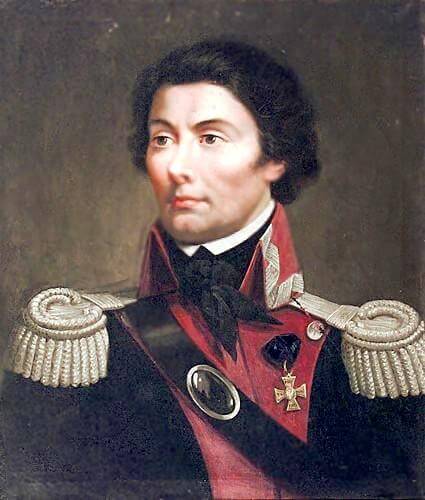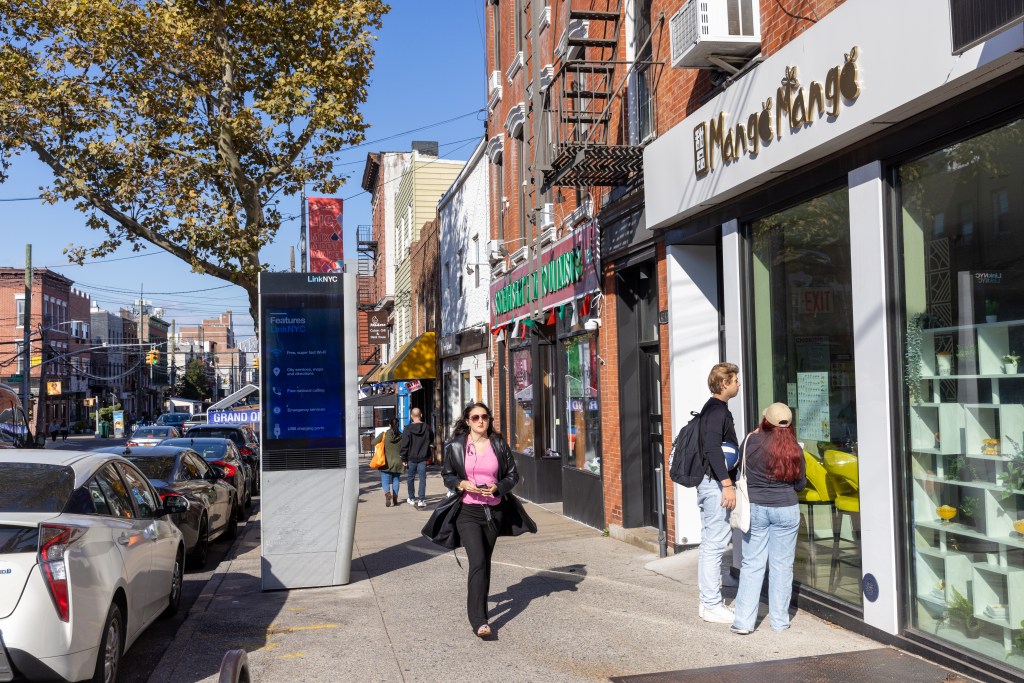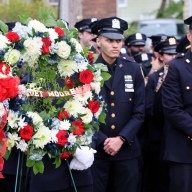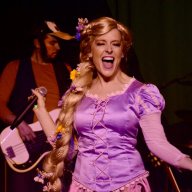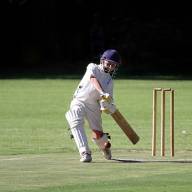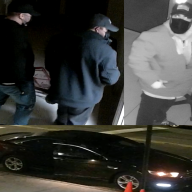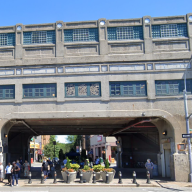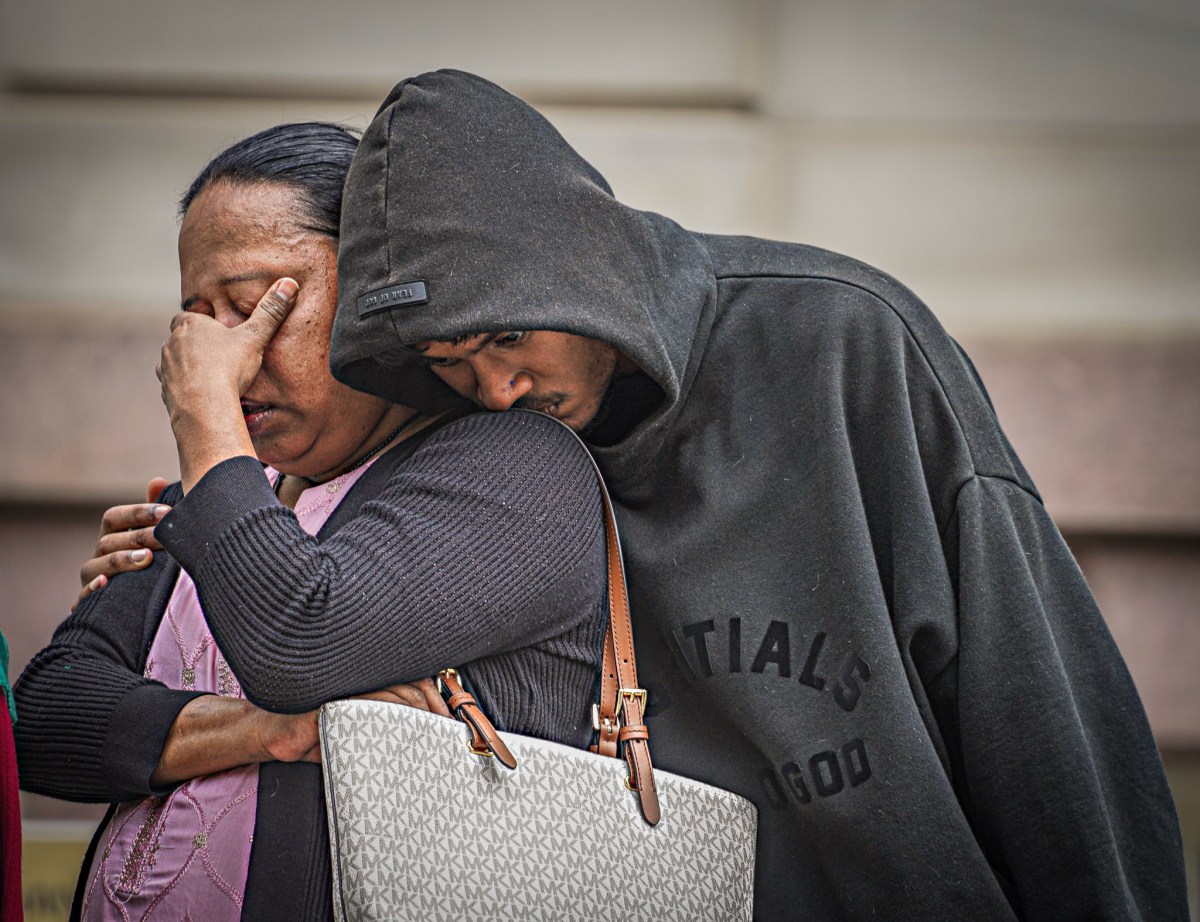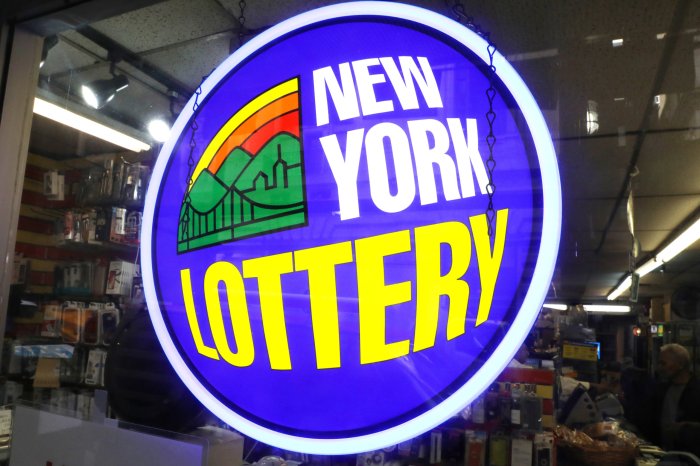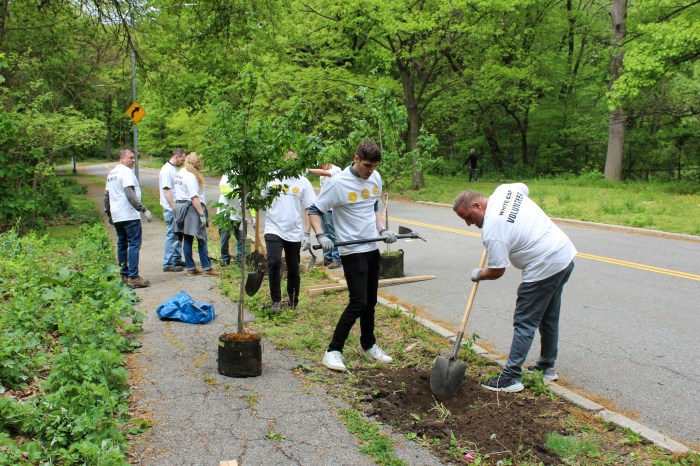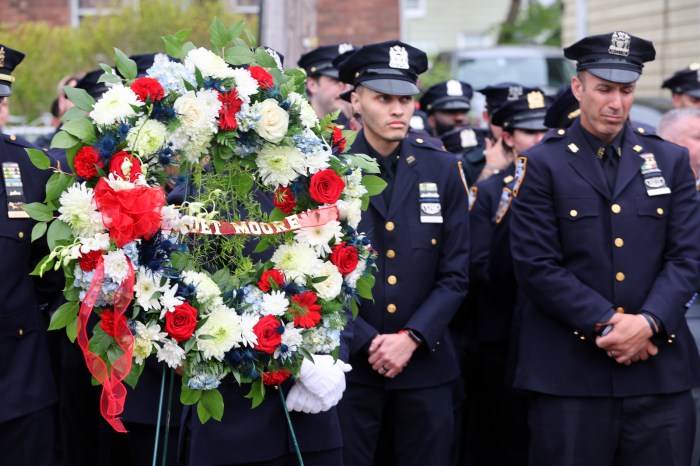By Joan Brown Wettingfeld
I realized how little I knew about Thaddeus Kosciuszko (1746-1817), an Revolutionary hero, when I wanted to find out about a monument I could not identify in a painting of West Point I inherited. After studying a number of sources, I found it was a memorial dedicated to this Polish hero.
I found that among other monuments dedicated to him in the United States is the Kosciuszko Bridge between Brooklyn and Queens. There are numerous other namesakes, including Kosciusko, Miss.; Kosciusko County, Indiana; Kosciuszko National Park and a monument in Cambridge, Mass.
Such important figures in our history, like Thomas Jefferson, shared with him a “friendship of ideas” and called him “the purist son of liberty — the kind that extends to all, not only the rich.”
Born to impoverished Polish gentry, Kosicuszko received an education followed by three years spent as a student and instructor at the Royal School for Cadets in Warsaw, where he was named captain. From there he went to France, where he spent five years studying several subjects, including government, military science, engineering and architecture. As an art student, he did a number of portraits of American Revolutionary leaders.
Unfortunately, in 1774, when he returned to Poland, he found no market for his art. He was interested in what was happening during the American Revolution and its goals. He left for Philadelphia, arriving there in August 1776.
He presented his credentials to the Continental Congress at a time when military engineers were needed, was given the rank of colonel and received an appointment to fortify the Delaware River at two points. Soon after, the Congress found a way to authorize a corps of engineers. Later, a number of qualified French engineers arrived to fill out the corps.
In 1777, Gen. Horatio Gates asked Kosicuszko to inspect the fortifications being constructed at Fort Ticondaroga. To ward off the British, Kosciuszko and his men demolished bridges, placed obstructions in the way and rendered nearby creeks unnavigable. They were also responsible for selecting camps and fortifying other forts.
At Kosciuszko's recommendation, the fortification of Bemis Heights was selected, which led to Burgoyne's defeat and a major victory for the Americans in the Battle of Saratoga. Kosciuszko became chief engineer and was in charge of West Point's fortifications.
His work there kept the British from advancing and invading along the west upper Hudson. The defense he laid out destroyed Burgoyne's expedition in 1777 below Ticonderoga. At the Battle of Bemis Heights, Kosciuszko's preparation there of the American position eventually led many to credit him with the victory. It was the most decisive battle of the Revolution and convinced the French to aid the Colonies. In 1948, the battlefield was included in the Saratoga Historic Park.
In March 1778, Kosciuszko was appointed chief engineer of the middle of the department in charge of West Point fortifications, where he remained for 28 months constructing a chain of forts, an effective deterrent to British attempts along the Hudson.
Kosciuszko left West Point in August 1790 and reported for his next service in the South. When he returned north, he was promoted to brigadier general and admitted to the Order of Cincinnati. He took the time to write a cavalry handbook, used for half a century at West Point.
He is said to have accompanied George Washington on his triumphal march to New York and been present at Fraunces Tavern for Washington's farewell address.
Kosciuszko returned to Poland and country life in 1784. He soon left, leading the Polish army to free Poland from Russia. After several forays, he was unsuccessful and imprisoned for a time, then released. He was considered, however, a national hero.
He returned to the United States and stayed from 1797-98. He was given a land grant of 500 acres in Ohio and back pay. His years in the South made him an advocate for freeing slaves.
Drawing up a will, he appointed Jefferson executor with instructions to sell his 500 acres of Ohio land and free the slaves. He wished the funds to be used for their education. After his death, the money was used to found a school for blacks in Newark, N.J.
Kosciuszko died in Switzerland and is buried in Cracow, Poland. He is considered a great Polish hero. Mount Kosciuszko, the highest Australian peak, bears his name.

